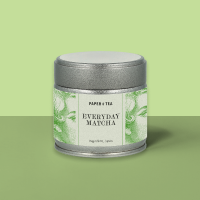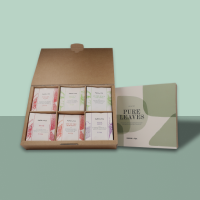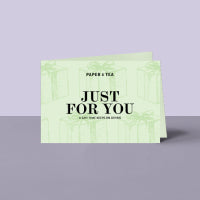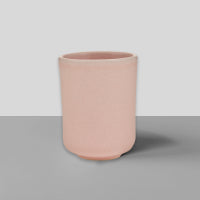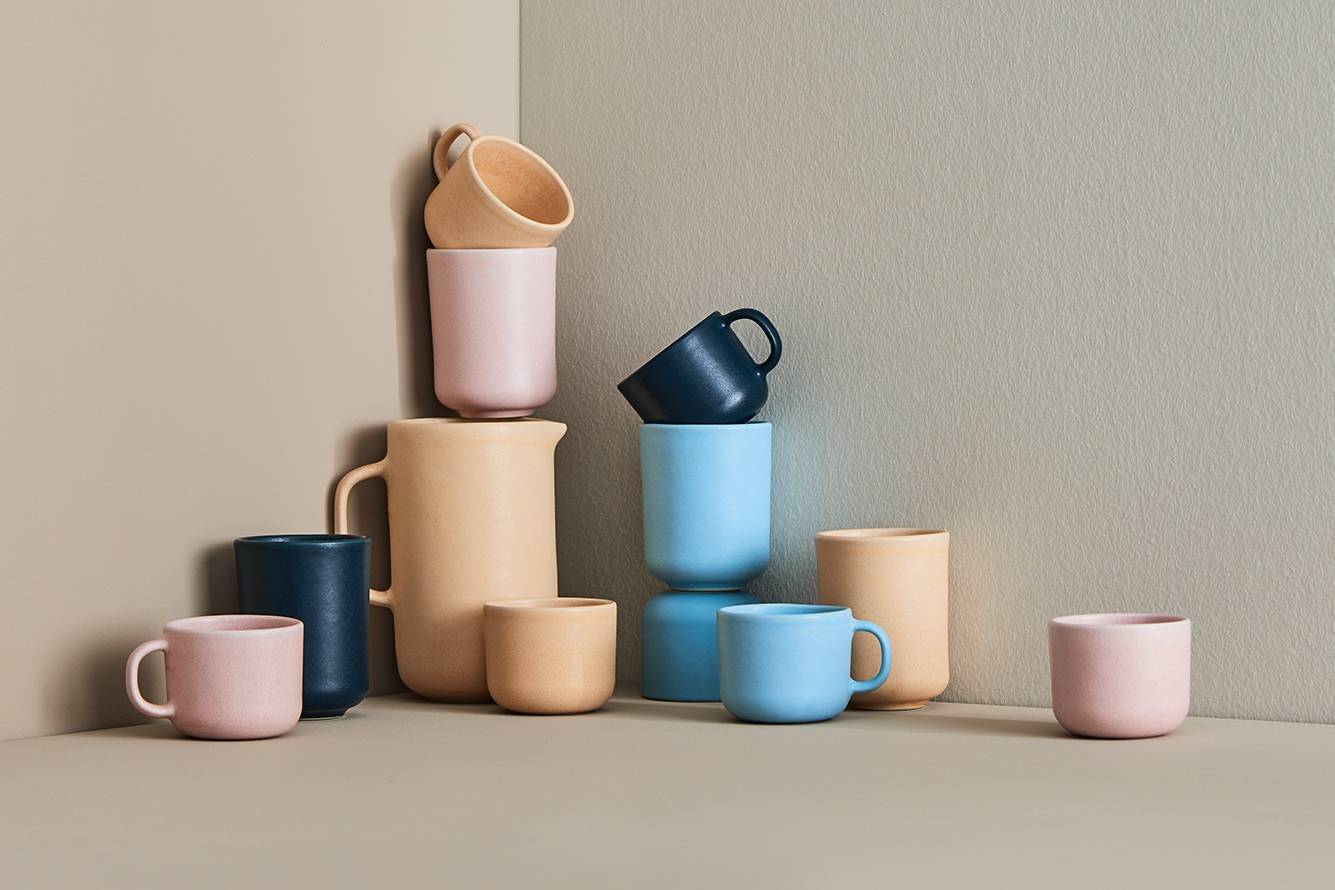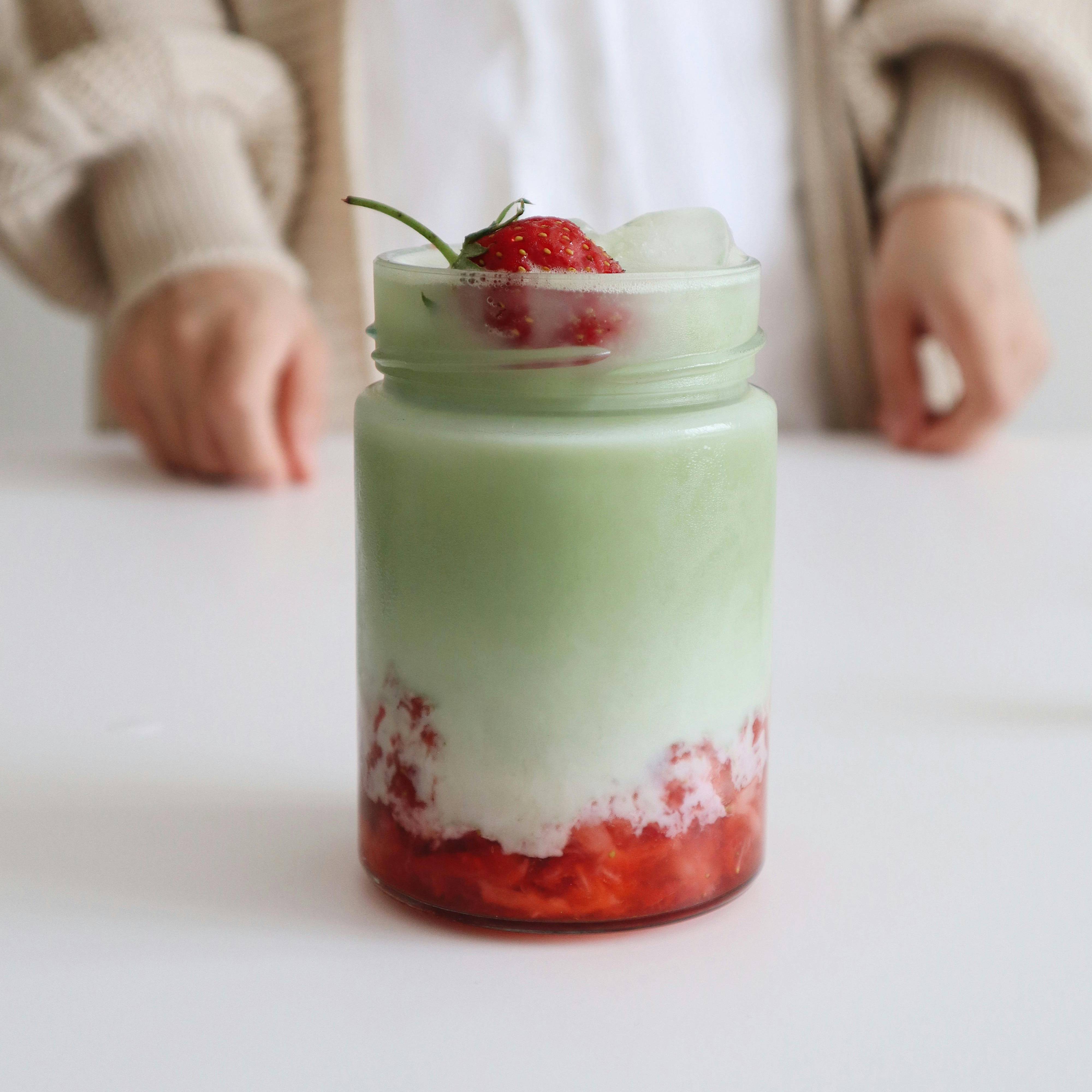Picture fine china on white or floral tablecloths with a lavish bouquet in the center. Add cloth napkins, taper candles, tiered stands filled with treats, and elegantly dressed individuals, likely older folks—this is the typical image that comes to mind when you think of afternoon tea. However, this traditional, somewhat dated image can also be given a modern twist, creating new opportunities for enjoying tea together. In this blog post, we invite you to explore the more elaborate counterpart to the German "Kaffee und Kuchen"—the English teatime.
What is Afternoon Tea?
Afternoon tea is a British tradition that typically takes place between 3 PM and 5 PM. At the heart of this ritual is black tea, which can be enjoyed with milk and sugar, accompanied by a collection of savory and sweet snacks. Popular black tea choices for this afternoon event, also known as "Five-o-Clock Tea," include English Breakfast, Earl Grey, and specific blends created for the occasion, such as Afternoon Blends.

A Glimpse into the History of Afternoon Tea
This elegant tradition is attributed to Anna, the 7th Duchess of Bedford. She disliked the hunger pangs between the early luncheon and the late dinner. To bridge this gap, she started enjoying tea and light snacks in the afternoon during the 1840s, often inviting friends and acquaintances to join her.
From the Duchess to a Global Icon
This new style of afternoon gathering quickly gained popularity among the wealthy classes and was widely embraced. After all, who could resist a revitalizing snack and a cup of good tea? What began as a social event soon evolved into a true British tradition. Today, teatime is an iconic symbol of the British love for tea.

What is Served at Afternoon Tea?
While tea is the centerpiece, many people might argue that the snacks are just as important. A traditional afternoon tea features three courses: delicate sandwiches, scones, and pastries such as muffins or shortbread. Scones are a type of British baked good made from a slightly sweet dough, typically served with clotted cream and jam.
Creative Variations: Modern Tea Experiences
You do not need to travel to England to enjoy a teatime experience. Many tea houses, restaurants, and hotels offer British afternoon tea or have crafted their own modern takes on the tradition. For instance, you can now find teatime with a fusion-cuisine twist, where traditional treats are replaced with options like sushi or dim sum.
If you are more interested in the tea itself than the food, a tea tasting might suit you. Drawing on various global tea ceremonies, these experiences highlight the contemplative and social aspects of gathering to enjoy exceptional teas.

Did You Know That...?
...there are different levels of afternoon tea?
Low Tea is what we typically think of as afternoon tea, with the name derived from the low coffee tables on which it gets served. It includes tea, sandwiches, scones, and pastries.
A simpler version is Cream Tea, which consists of just tea and scones.
With Royal Tea, you will enjoy a glass of champagne. If you only get sparkling wine, it is called Sparkling Afternoon Tea.
High Tea, often mistaken for afternoon tea, is a more substantial meal served in the early evening, including hearty dishes like meat, fish, eggs, and bread. Traditionally, this was the main meal for the working class.
How to Host an Unforgettable Tea Party
Are you feeling inspired to host your afternoon tea party at home? You can follow traditional ideas or let your creativity flow and customize the event to suit your tastes. Perhaps you have a baking recipe you have been eager to try? Your friends would certainly appreciate an invitation to your afternoon tea!
Tips & Tricks for Every Detail
An elegant setup can add a special touch to your tea party. While you do not need extra accessories to host a fantastic afternoon tea, if you would like to embrace the traditional English tea aesthetic, complete with its iconic accessories, consider visiting secondhand shops. You can find wonderful tea sets at affordable prices and breathe new life into unique pieces.

The Best Teas for Every Season
While black tea is typically the star of afternoon tea, selecting teas that suit the season can enhance the experience delightfully.
In spring, opt for light, fresh flavors with floral notes. White tea or certain green teas are perfect complements to the blooming nature. When summer's heat is on, a fruity iced tea can offer a refreshing escape. Autumn and winter invite you to savor afternoon tea classics: a First Flush Darjeeling brings a taste of spring to your cup, Earl Grey delights with its bright citrus notes, and Assam impresses with a bold, full-bodied flavor. English Breakfast Tea is always a safe choice, offering an aromatic blend of various black teas. During the colder months, or if you are sensitive to caffeine, a warm herbal tea can be particularly comforting. Whether it is peppermint, chamomile, or rooibos, soothing moments are assured.
Here is a personal recommendation: Genmaicha, a Japanese green tea with roasted rice, pairs beautifully with sweet treats, especially chocolate. Surprise yourself and give it a try!
Conclusion: Afternoon Tea as Your Daily Highlight
Everyone has their personal daily rhythm. Some people are content with having lunch and dinner, while others may need to eat every three hours. Depending on your appetite, you can enjoy afternoon tea with all the traditional courses of assorted snacks adjusting it to suit your needs. The main attraction remains a good cup of tea, providing a moment of relaxation and inviting you to gather with friends.

